I like to walk extensively when I travel. Some people set up travel itineraries planning which sites to visit and go from place to place in an organized fashion. My travel style is rambling and I see what I see where I happen to be. Sometimes I miss some great tourist attractions I wished I had visited when I learn later that I passed close to a place but missed. Often I find gems of places that are not the focus of tourist guides. I simply gravitate to whatever looks interesting to me in the place I am walking.
I toured Prague two days ago by walking around the city all day for about seven hours from 11am to 6pm and drinking in different pubs in different areas of central Prague touring in a clockwise fashion around the city on a late January day with temperatures in the 20s Fahrenheit.
My starting point was Park Inn Prague, at the foot of Vysehrad castle hill, Prague’s second and substantially less touristed castle.
This Google Maps walking route gives a general idea of the parts of the city I covered and shows 13.6km distance. I probably walked an additional 3 to 4 km since I was just walking with no fixed destination and passed by the place names I used to create a general map of my route.
Prague is a walkable city. And if you don’t want to walk, there is an extensive network of trams and metro to whisk you around different parts of the city at cheap prices. 24 CZK ($1.00 USD) buys a 30 minute transportation ticket and 32 CZK ($1.33) gives you 90 minutes to get from one place to another.
You probably don’t need a daily unlimited travel pass, unless you rely on public transportation for movement.
Vysehrad Castle
My hotel location for Prague was Park Inn Prague, a block away from Vysehrad, Prague’s other castle, originally from the 10th century. Prague Castle is a century or two older and the focal point of modern Prague tourism.
Vysehrad was not part of my walking tour until the next day, but certainly is a tourist attraction not to overlook in Prague.
The views are terrific.
Vysehrad view of Vltava River upstream.
Vysehrad view of Vltava River and Prague Castle downstream.
The skies turned cloudy yesterday in Prague when I visited Vysehrad before leaving town for Wroclaw, Poland. I will cover Vysehrad in a separate post.
The two days before were cloudless skies with brilliant sun allowing for better photos on my iPhone when I made the 10-mile circular tour of Prague.
I walked by the architecturally interesting steeple of Emmaus Monastery several times. This is a Benedictine Abbey established in 1347, however, there was a U.S. bombing of Prague on February 14, 1945 when the monastery was destroyed.
Apparently, the bombing of Prague was accidental. The intended target was Dresden, Germany, some 70 miles away. Dresden was destroyed in a 3-day bombing attack that created a firestorm and claimed some 25,000 lives three months before the end of WW II in Europe. The modern steeple of Emmaus Monastery was constructed in the 1960s.
I first visited Dresden in 2000 and was amazed seeing churches and palaces still partly in ruins with blackened stones and sculptures. Places were undergoing restoration 55 years after the WWII. Remaining stones of churches and palaces were labeled and painstakingly being reassembled into their former structures. In 2007, I returned to Dresden to find many of these buildings completely restored and major tourist attractions, like Frauenkirche.
There are around eight bridges crossing the Vltava River in central Prague, the most famous being Charles Bridge. I crossed Palackeho Most, the first bridge I came to after leaving Park Inn. This led me to Smichov, part of Prague 5 district on the west bank of the Vltava River.
Palackeho Most bridge view upriver. Steeples are Basilica of St. Peter and St. Paul, Prague at Vysehrad.
There are canals with locks on the west bank of Vltava River. The photo above is a view to 14th century Charles Bridge, one of Prague’s iconic architectural landmarks.
Vaclev Havel 1936-2011, last president of Czechoslovakia after fall of Communist rule (1989-1992) and first president of Czech Republic (1993-2003) after the dissolution of state from Slovakia. I read a Prague tourism article in the morning before taking this walk, Václav Havel’s Prague – a guided tour. The piece is based on an interview with architect and writer ZdenÄ›k LukeÅ¡, who served in Havel’s administration. His guide book to Prague was published in 2016 and an English edition is due to be published in 2017. Several of the photos in the article were buildings I had walked by a couple of times the day before on my walk between Park Inn and Old Town Prague.Â
Mala Strana bridge with locks of love.
Mala Strana is shown on some maps in English as Lesser Town Prague. This part of Prague is known for its Baroque architecture. Some of the city’s luxury hotels are located here, like Mandarin Oriental Prague.
On my 2007 trip to Prague, Kelley and I stayed at Residence Nosticova for the week in the HradÄany Imperial Suite at a bargain rate under $200 per night in what remains the most romantic and luxurious hotel room I have stayed. The hotel is now called Hotel Alchymist Nosticova Palace The hotel is currently ranked #21 of 667 Prague hotels on TripAdvisor. It is surrounded by embassies and Mandarin Oriental is around the corner.
I made a quick stop by the John Lennon Wall and I was disappointed to see its current state. The wall is meant to be a symbol of freedom of expression and constantly changes, but most of it simply looked a mess with few messages coming through, in my opinion.
Here is a photo from May 2015 and there is nothing recognizable I see from that earlier image of the wall.
Earlier in the morning I had read about how the tourism minister is trying to promote tourism in more areas of Prague away from Old Town, Mala Strana and Prague Castle.
My intention was to visit Prague Castle for photos, but the crowds at noon with large tour groups on the streets, guided tourist historic motorcar vehicles crowding alleyways, and a general crowd of people heading to the castle persuaded me to walk right past and begin exploring the less touristy districts of Prague.
Traffic noise was getting to me. There were nowhere near the sorts of crowds in Mala Strana when we visited Prague in February 2007.
Hundreds of tourists were walking uphill to Prague Castle.
I bypassed Prague Castle and headed uphill to Letná Park, Letenské sady. Away from the crowds and street noise of Mala Stana and Prague Castle, I felt at peace hanging with locals, mostly women or couples pushing baby strollers or walking their dogs.
Letna Park sits on a bluff of the Vltava River west bank with wonderful views of Old Town Prague.
Prague walking tour to be continued in Part 2.
Loyalty Traveler -Â Ten Mile Walking Tour around Prague (Part Two)
Loyalty Traveler -Â Ten Mile Walking Tour around Prague (part 3 Old Town)


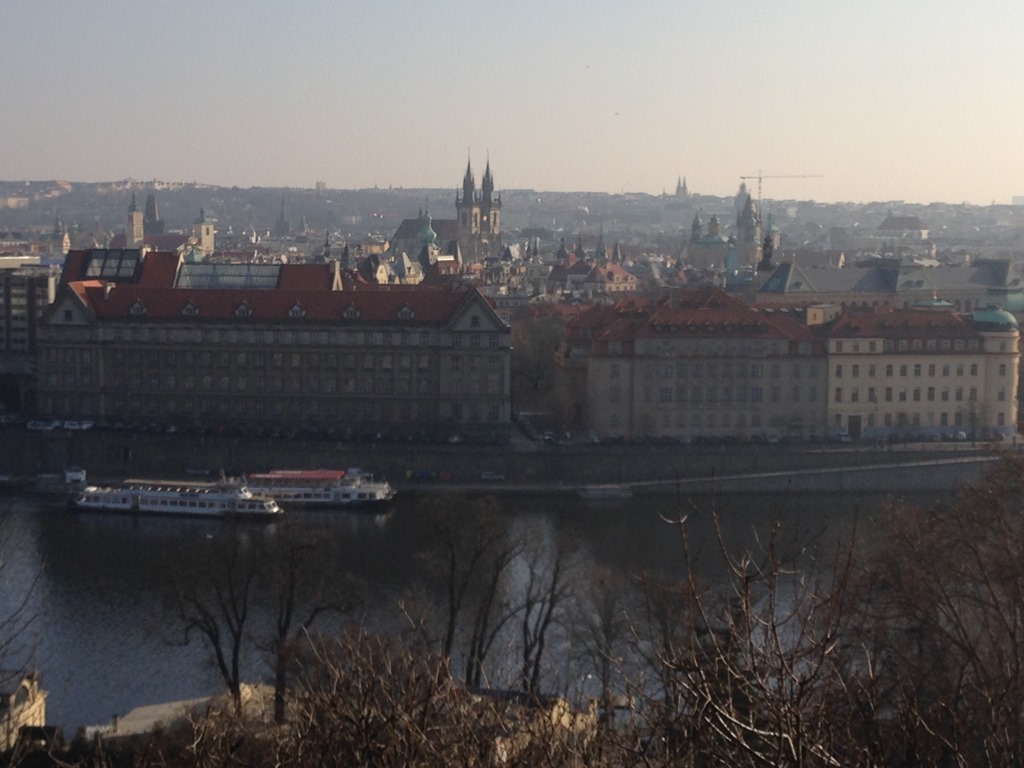
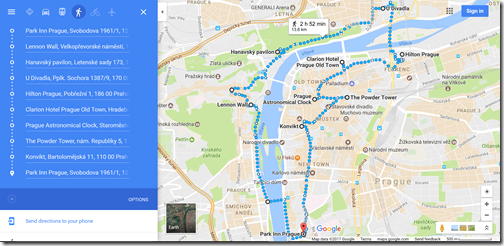
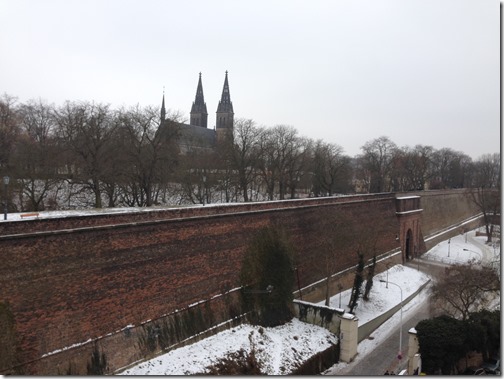


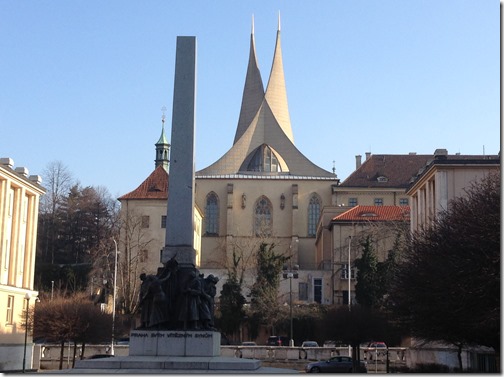
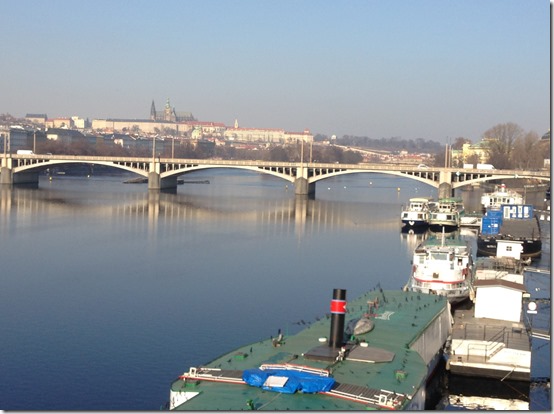
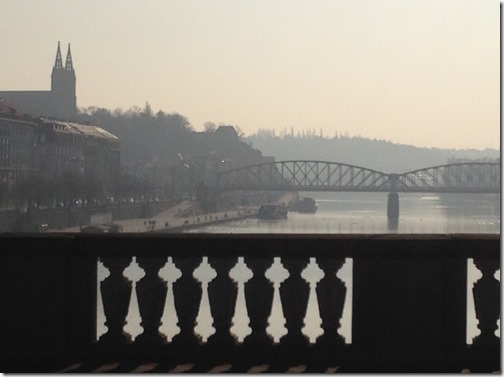
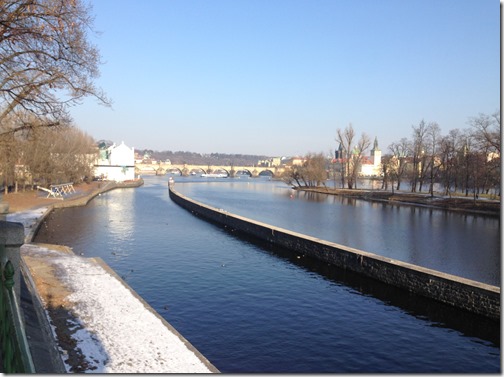
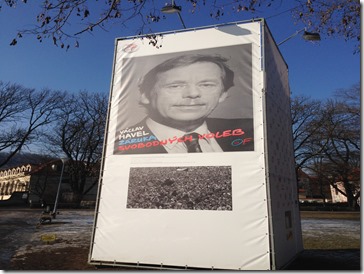
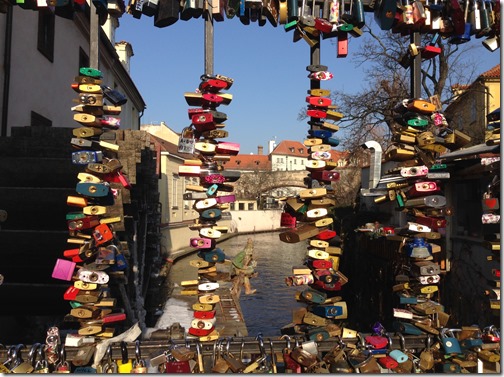

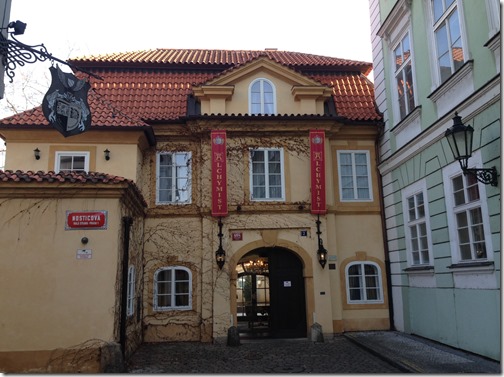
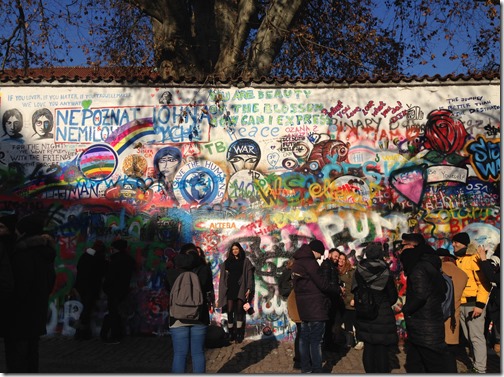
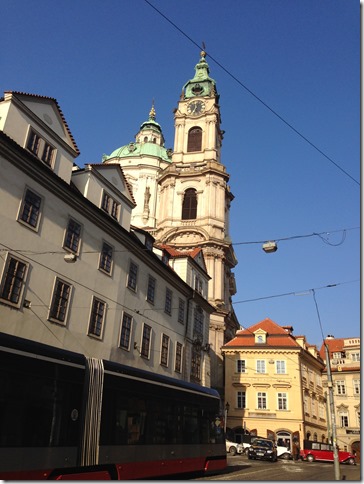


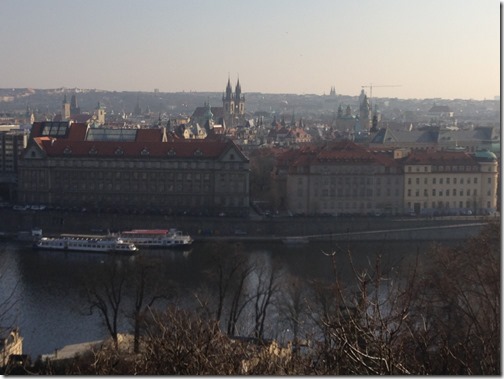
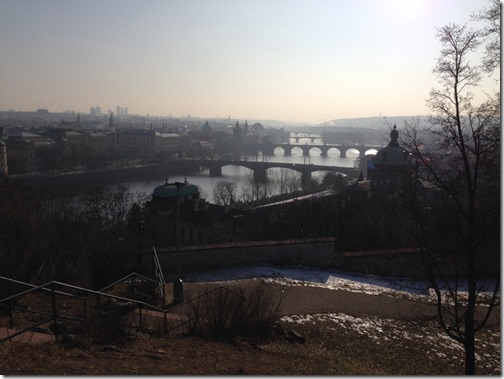
6 Comments
Comments are closed.